
India on Nicolaus Copernicus
A commemorative postage stamp on the quin-centenary of Nicolaus Copernicus (1473-1543), an European Renaissance-era Catholic cleric, mathematician and astronomer, presented Heliocentrism [a part of the series ‘Centenary Stamps Series‘] :
 Issued by India
Issued by India
Issued on Jul 21, 1973
Issued for :
Centenary Series
A set of four stamps are being brought out to commemorate the centenary of the death of Michael Madhusudan Dutt, the well-known poet of Bengal, the centenary of the birth of Vishnu Digambar Paluskar, the eminent musician of India, the centenary of the discovery of leprosy bacillus, and the quin-centenary of the birth of Nicolaus Copernicus, the world renowned scientist.
The P&T Department feels honoured to bring out these stamps in the Centenary Series being issued on 21-7-73.
Description of Design : The stamp is horizontal and depicts the portrait of Nicolaus Copernicus. By the side of the portrait the Heliocentric Universe is shown.
Type : Stamp, Postal Used
Colour : Blue & Max. red brown
Denomination : Re. 1
Overall size : 3.91 x 2.90 cms.
Printing Size : 3.56 x 2.54 cms.
Perforation : 13 x 13
Watermark : Printed on unwatermarked Adhesive Stamp paper in sheets
Quantity printed : 1.5 Million
Number per issue sheet : 35
Printing Process : Photogravure process
Designed and Printed at : India Security Press, Nasik Road
Name : Nicolaus Copernicus
Born on Feb 19, 1473 at Toruń (Thorn), Royal Prussia, Kingdom of Poland
Died on May 24, 1543 at Frombork (Frauenburg), Prince–Bishopric of Warmia, Royal Prussia, Kingdom of Poland
About :
- The most eminent polish Scholar, creator of the heliocentric theory of the universe, astronomer, mathematician, economist and physician, Nicolaus Copernicus was born on February 19th, 1473 in Torun into a burgher family. He studied astronomy, law, medicine and theology at universities in Cracow, Bologna, Padua and Ferrara. In 1503, after completing his studies, he returned to Poland where he remained till the end of his days. In 1510, he settled in Frombork where he was appointed canon of the Warmia Chapter. He conducted his astronomical observations there and wrote his main works. About the same time, he presented an outline of his theory of the structure of the universe in his dissertation entitled “Commentariolus“.
- His most important work which contained a discourse on astronomy based on the heliocentric system, was written over the years 1515 – 1533; it appeared in print under the title “De revolutionibus orbium coelestium” in 1543 in Nuremberg. This work revolutionised the then prevailing views on the structure of the universe and laid the foundation for the new cosmology.
- Copernicus also displayed keen interest in problems of economics. Educated in many disciplines, Copernicus represents one of the most brilliant minds of the European Renaissance.


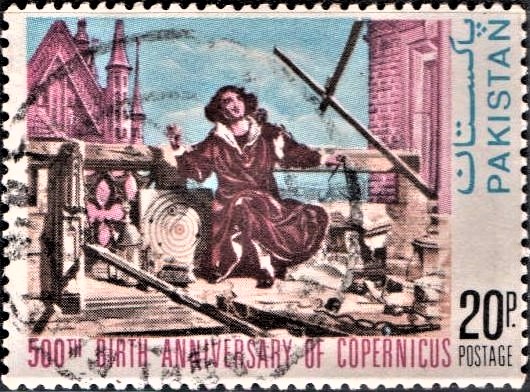

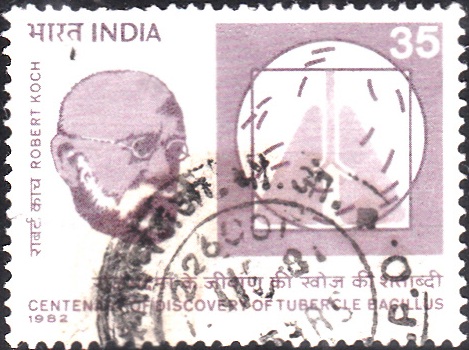
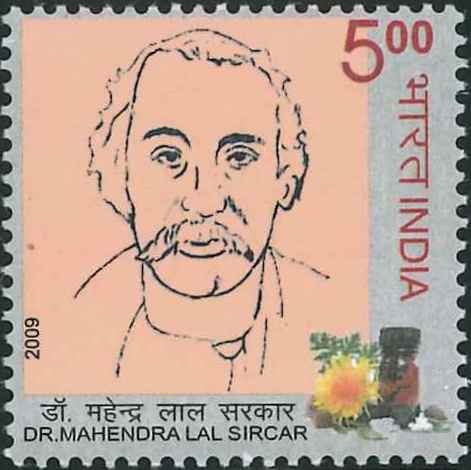
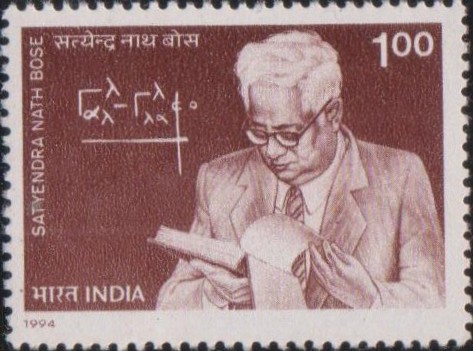
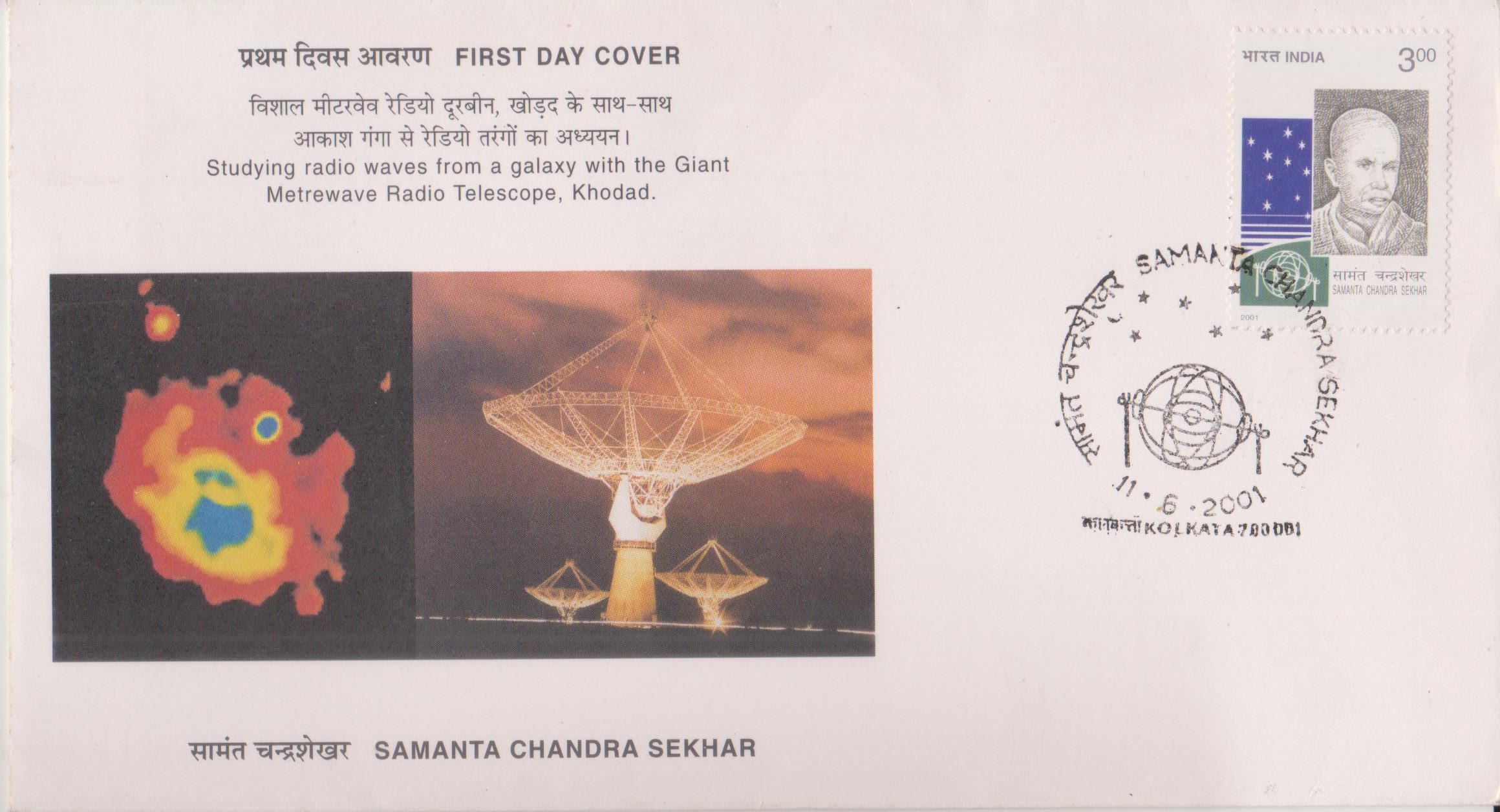
[…] India, the centenary of the discovery of leprosy bacillus, and the quin-centenary of the birth of Nicolaus Copernicus, the world renowned […]